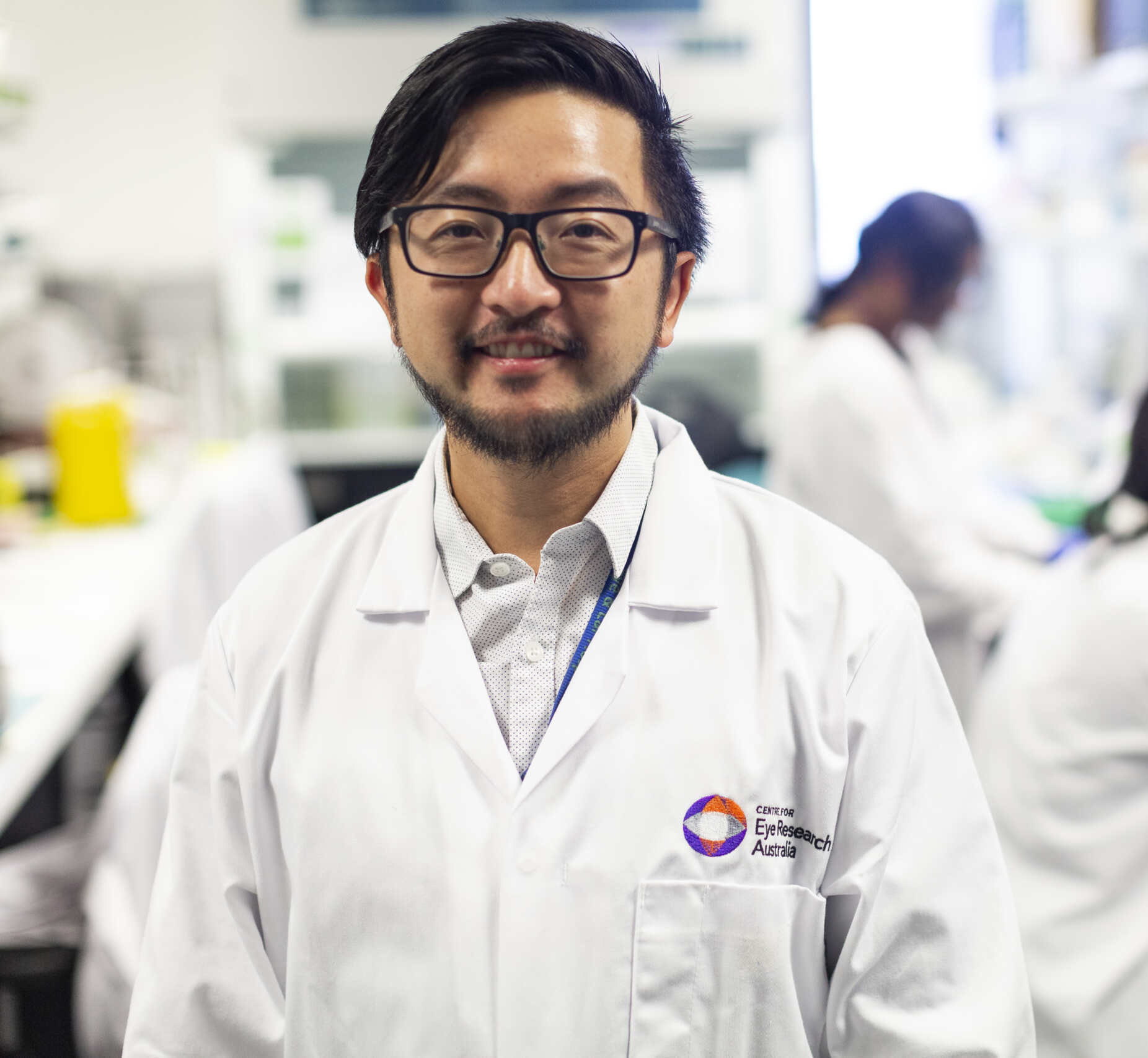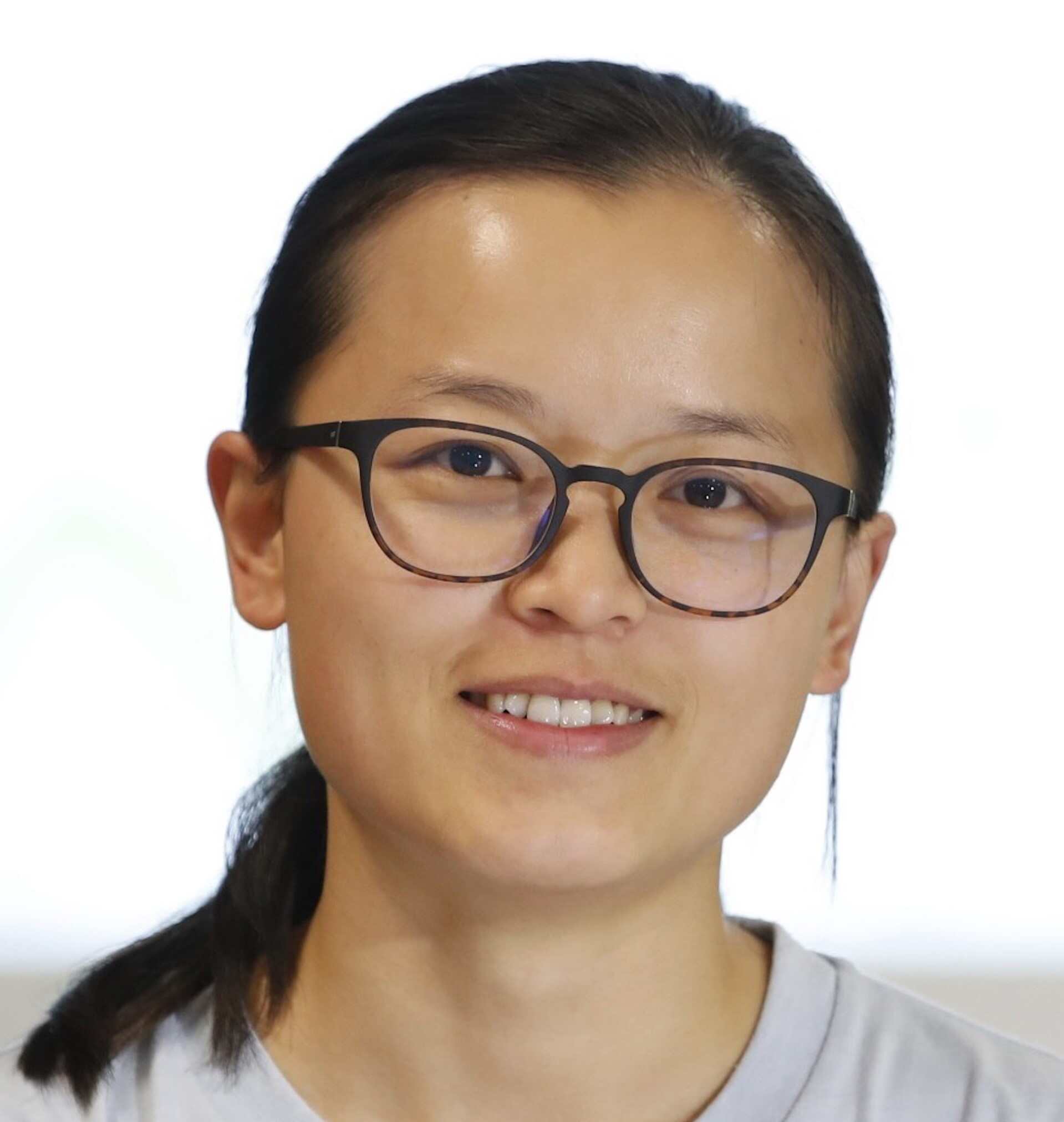Project Aim
The purpose of the Australian Inherited Retinal Disease Registry and DNA Bank (AIRDR) is to:
- collect and store DNA, clinical information, family history and pedigree information from participants throughout Australia affected with an inherited retinal disease
- analyse the DNA to establish the prevalence of IRDcausing variants in Australia, and
- use the genetic information established in the interests of participants
Project Results and Impact
The DNA bank now contains DNA from >6800 participants (3000 affected) sourced from >2000 families. This represents approximately 25% of all people in Australia affected with an IRD. Genetic analyses have been performed for >2000 participants, and >900 likely IRD-causing variants have been established in >190 genes, in >900 affected participants.
Research genetics reports have been provided for >800 participants via their ophthalmologist or clinical geneticist, and 10 research papers have been published in the peer-reviewed literature during this reporting period.
Studies recently completed or in an advanced state include those for:
- Leber congenital amaurosis: A study of this cohort resulted in two peer reviewed publications. Thirty-nine affected participants from 29 pedigrees were genetically analysed, resulting in the establishment of 39 pathogenic variants in 11 genes. An outcome of this study was the identification of a number of families that were suspected of having syndromic disease. These families are currently the subject of further research.
- Choroideremia: We have published one peer-reviewed paper that established the genetic cause of choroideremia in 11 families. A further 14 choroideremia families have now had genetic confirmation of the disease.
- Retinoschisis: Previous AIRDR papers reported genetic cause of retinoschisis in 23 families. A further 17 families since recruited to the AIRDR have had their clinical diagnosis of retinoschisis genetically confirmed. This will result in a cohort of 40 pedigrees in whom the genetic cause of retinoschisis has been established.
- Stargardt disease: >450 participants diagnosed with Stargardt disease and their family members have had their DNA genetically analysed. These genetic analysis results form the basis of several related projects, with Dr Fred Chen being the principal clinician involved. In addition, DNA of 59 participants who have been unsuccessfully genetically analysed using a Stargardt panel has been sent to Nijmegen Medical Center, the Netherlands, for further advanced analysis. Some 30 cases have now been ‘solved’ by this advanced analysis, which is continuing.
- X-linked retinitis pigmentosa (xlRP): Approximately 100 pedigrees affected with xlRP have been analysed, with the results forming the basis of several related projects. In collaboration with others, we have developed and published the first clinically validated Next Generation Sequencing method for xlRP genetic screening. A paper describing the spectrum of genes and mutations causing xlRP in Australia is in an advanced stage of preparation. In collaboration with the Royal Victorian Eye and Ear Hospital, genetic and phenotypic data are being collated for a large cohort of Australians affected with xlRP, in order to attract a gene-specific clinical trial to Australia.
- Isolates: A cohort of 84 families, for which there is one affected participant only and for which we have DNA from the affected person and both parents, is being genetically characterised, via a collaboration with the Eye Hospital of Wenzhou Medical University, China, and Molecular Vision Laboratory, Oregon.
- Usher syndrome: We have undertaken to carry out genetic analysis on all of our approximately 200 Usher families over the next 18 months and to report the results in the peer-reviewed literature and to participants’ ophthalmologists. Genetic analysis of 91 families is complete or in progress.
- Achromatopsia: Currently, six causative genes have been identified as causing achromatopsia. A SCGH Research Advisory Committee grant is funding analysis of our achromatopsia and cone-rod participants.
- Stem cells: A number of projects are underway involving the generation of pluripotent stem cells for participants harbouring IRD caused by mutations in five different genes. This work will enable the study of possible gene-specific personalised therapies for individuals. This work is a collaboration between ourselves and the Lions Eye Institute, the University of Western Australia and Royal Perth Hospital.
- Clinical cases: A number of intractable clinical cases are currently the subject of extended studies with collaborating ophthalmologists and clinical geneticists.
- Other: A study of coping strategies and development of a model for measuring those strategies for people with IRD formed the subject of a successful PhD project this year. We are currently facilitating a research project aimed at increasing awareness and uptake of available low vision rehabilitation services. We continue to provide an information resource to people affected with an IRD and their family members. Some hours each week are spent in providing information to participants who are unable to obtain that information in other ways.
- Patient reports: An outcome of our research is often the genetic diagnosis of an individual’s IRD. More than 800 genetic research reports have been provided to participants’ ophthalmologists by our Research Scientists, including 200 during this reporting period.
Published peer reviewed articles
1. Zhang X, Moon S, Zhang D, Chen S, Lamey T, Thompson J, McLaren T, De Roach J, McLenachan S, Chen F. Generation of an induced pluripotent stem cell line from a patient with retinitis pigmentosa caused by RP1 mutation. Stem Cell Research (under review).
2. Thompson J, Chiang J, De Roach J, McLaren T, Chen F, Hoffmann L, Campbell I, Lamey T. Analysis of the ABCA4 c.[2588G>C;5603A>T] allele in the Australian population. (under review).
3. McLenachan S, Wong E, Zhang X, Leith F, Moon S, Zhang D, Chen S, Thompson J, McLaren T, Lamey T, De Roach J, Atlas M, Dilley R, Chen F. Generation of two induced pluripotent stem cell lines from a patient with compound heterozygous mutations in the USH2A gene. Stem Cell Research 36 (2019) 101420.
4. McLenachan S, Zhang D, Zhang X, Chen S, Lamey T, Thompson J, McLaren T, De Roach J, Fletcher S, Chen F. Generation of two induced pluripotent stem cell lines from a patient with dominant PRPF31 mutation and a related non-penetrant carrier. Stem Cell Research https://doi.org/10.1016/j.scr.2018.11.018.
5. Claassen J, Zhang D, Chen S, Moon S, Lamey T, Thompson J, McLaren T, De Roach J, McLenachan S, Chen F. Generation of the induced pluripotent stem cell line from a patient with autosomal recessive ABCA4-mediated Stargardt Macular Dystrophy. Stem Cell Research (in press).
6. Chen F, Zhang X, Eintracht J, Zhang D, Arunachalam S, Thompson J, Chelva, E, Mallon D, Chen S, McLaren T, Lamey T, De Roach J, McLenachan S. Clinical and molecular characterisation of non-syndromic retinal dystrophy due to c.175G>A mutation in ceroid lipofuscinosis neuronal 3 (CLN3). Documenta Ophthalmologica 2019;138(1):55–70.
7. Senthil M, Khadka J, De Roach J, Lamey T, McLaren T, Campbell I, Fenwick E, L Lamoureux E, Pesudovs K. Development and Psychometric Assessment of Novel Item banks for hereditary retinal diseases. Optometry and Vision Science 2018;00:00-00.
8. Chiang J, Lamey T, Wang N, Duan J, McLaren T, Thompson J, Ruddle J, De Roach J. High Throughput Clinical Testing of RPGR ORF15 in Patients with Inherited Retinal Dystrophy. Investigative Ophthalmology and Visual Science 2018 59(11), 4434 – 4440.
9. Zhang X, Zhang D, Chen S, Lamey T, Thompson J, McLaren T, De Roach J, Chen FK, McLenachan S. Establishment of an induced pluripotent stem cell line from a retinitis pigmentosa patient with recessive CRB1 mutation. Stem Cell Research; (2018) https://doi.org/10.1016/j.scr.2018.08.001.
10. Zhang X, Zhang D, Chen S, Lamey T, Thompson J, McLaren T, De Roach J, Chen FK, McLenachan S. Generation of an induced
pluripotent stem cell line from a patient with non-syndromic CLN3-associated retinal degeneration and a coisogenic control line. Stem Cell Research; (2018) https://doi.org/10.1016/j.scr.2018.04.014.
11. Souzeau E, Thompson J, McLaren T, De Roach J, Barnett C, Lamey T, Craig J. Maternal uniparental isodisomy of chromosome 6 unmasks a novel variant in TULP1 in a patient with early-onset retinal dystrophy. Molecular Vision 2018; 24:478 – 484.

Chief investigator:
Dr John De Roach
Australian Inherited Retinal Disease Registry and DNA Bank, Perth
Grant awarded:
$100,000 (2018)
Research Impact Reports
Selective Activation of Retinal Bipolar Cells Using Freeform Electrical Stimulation
Project Aim This project explores a new method called freeform...
Development of epigenetic reprogramming technology to treat retinal degeneration
Project Aim This project aims to create a new way...
Characterizing Stargardt Disease Mutations for Splice Intervention Therapeutics
Project Aim The aim of this project was to find...
Virtual Reality Assessment of Functional Vision in achromatopsia
Project Aim This project aimed to develop and validate a virtual reality (VR) mobility task...




